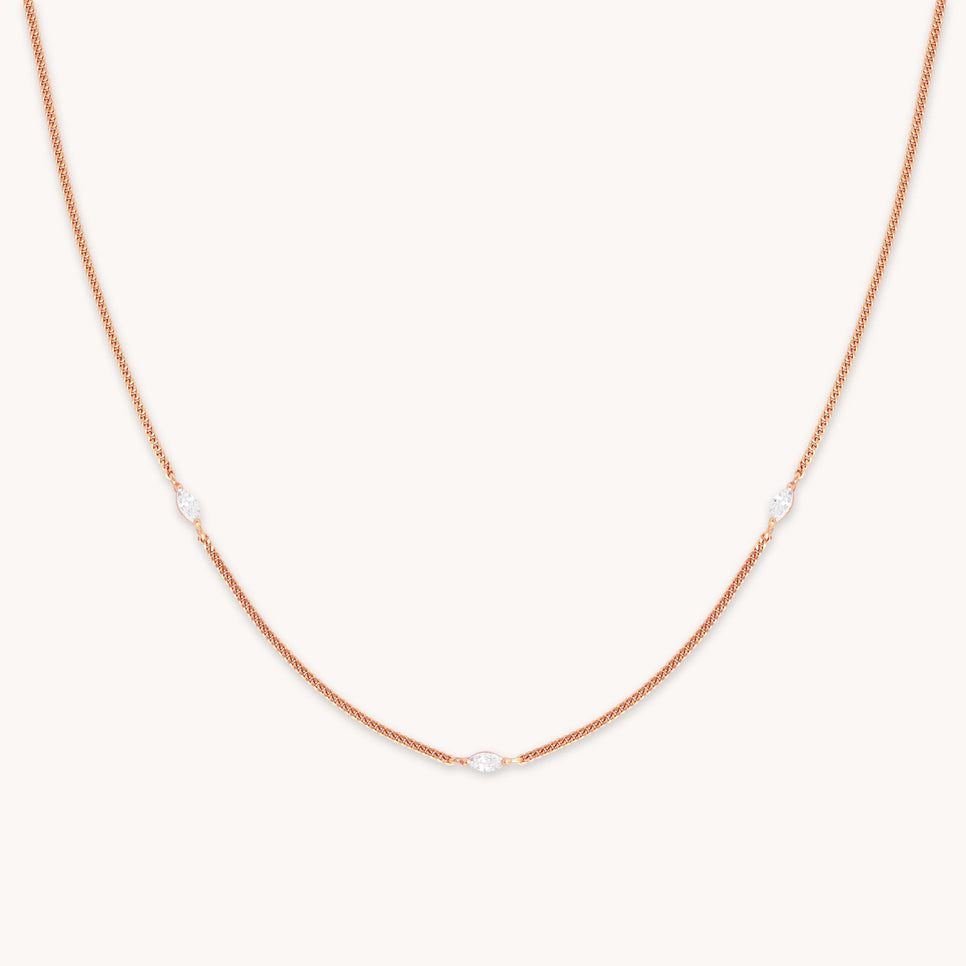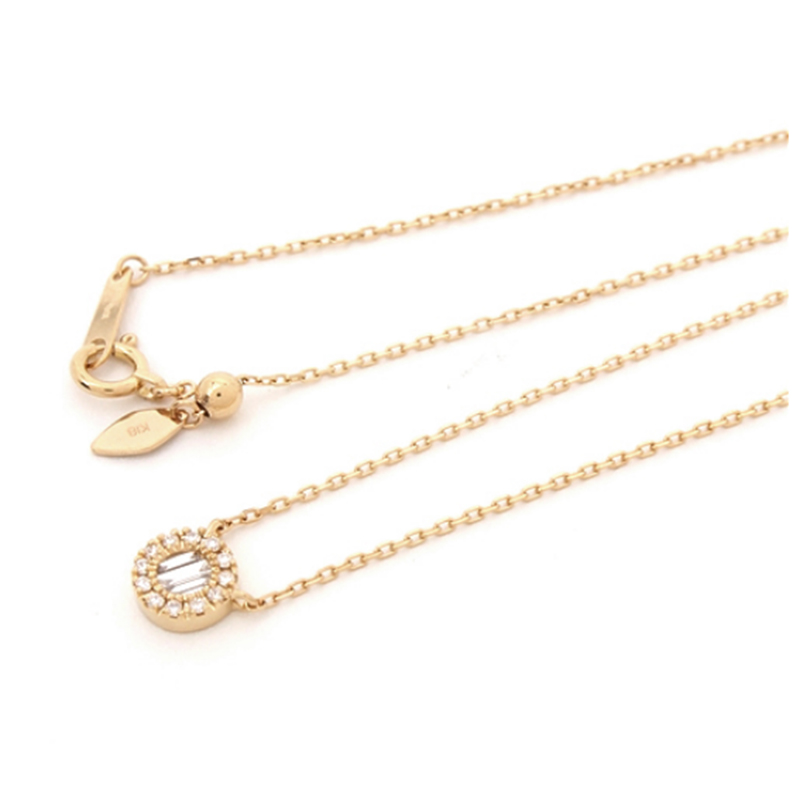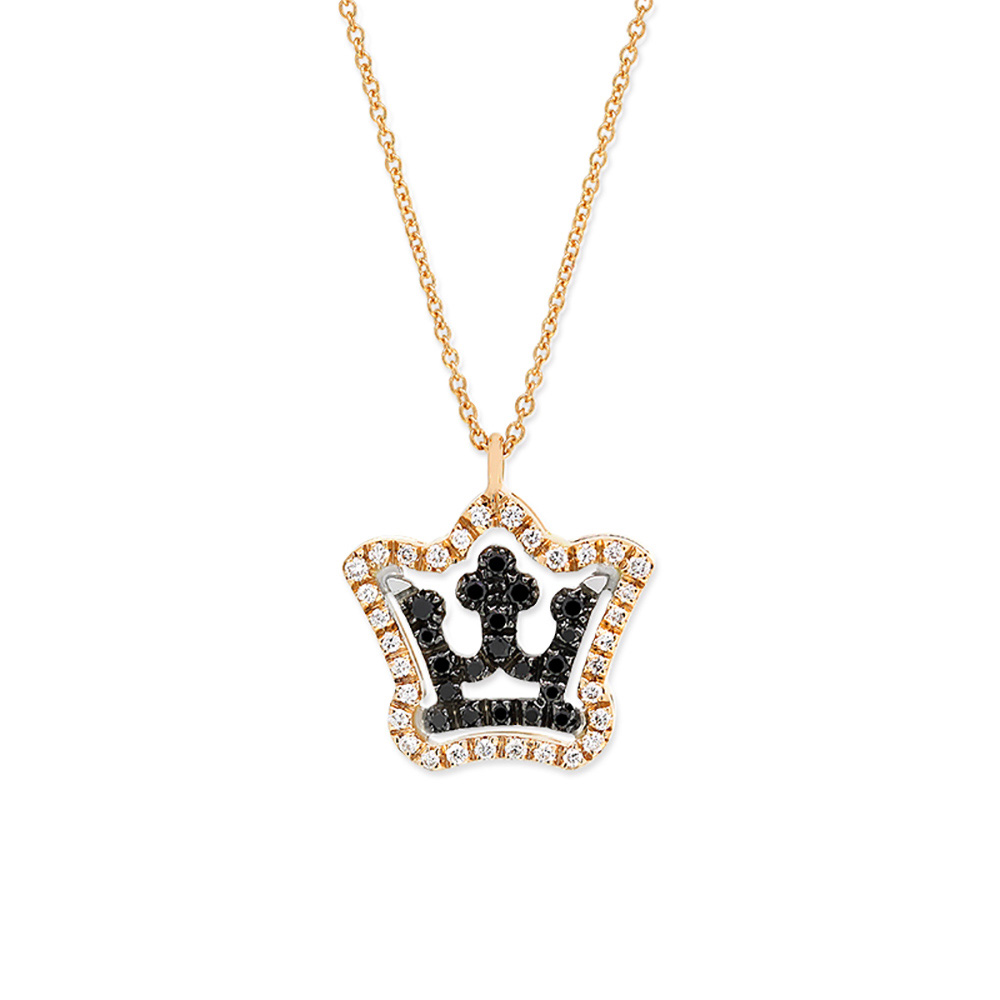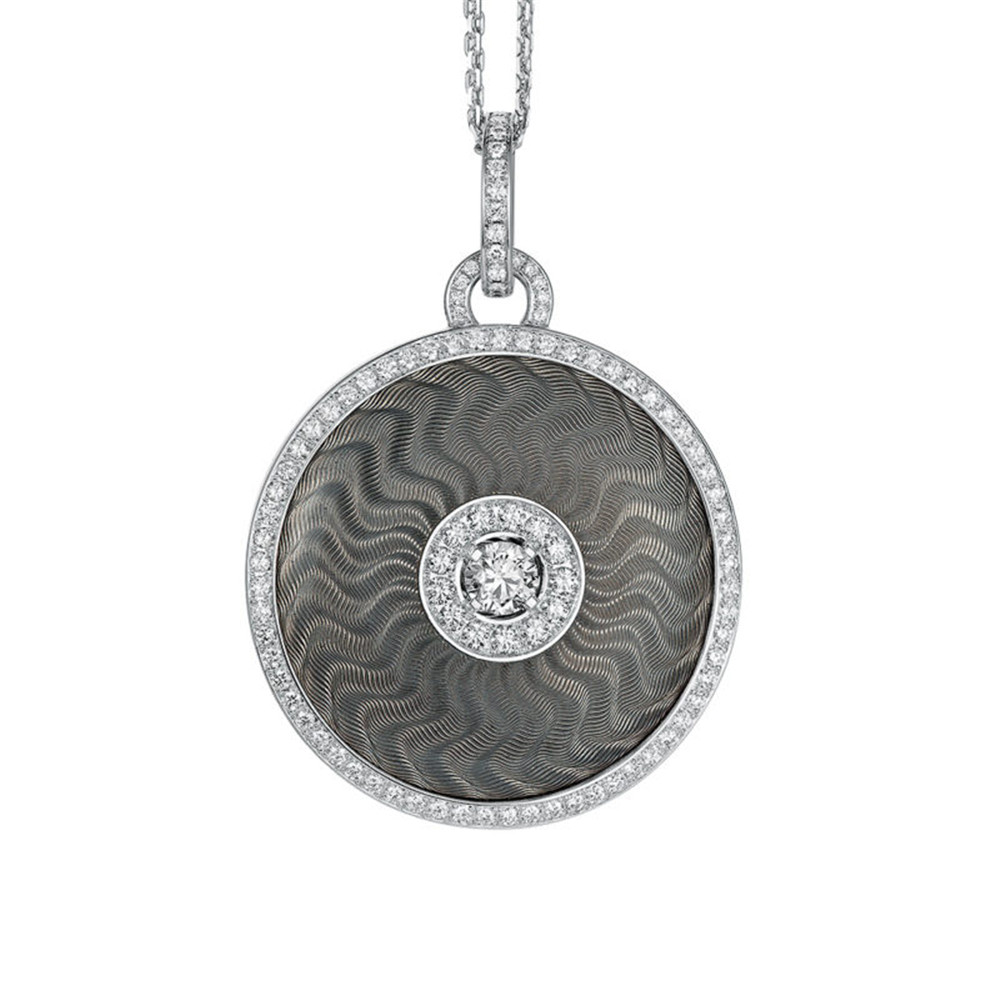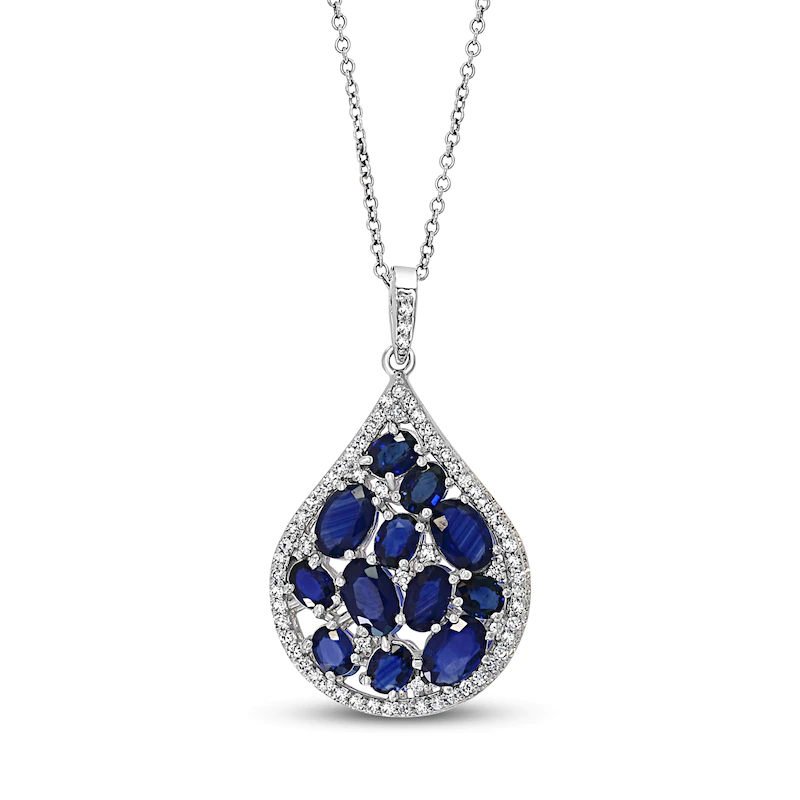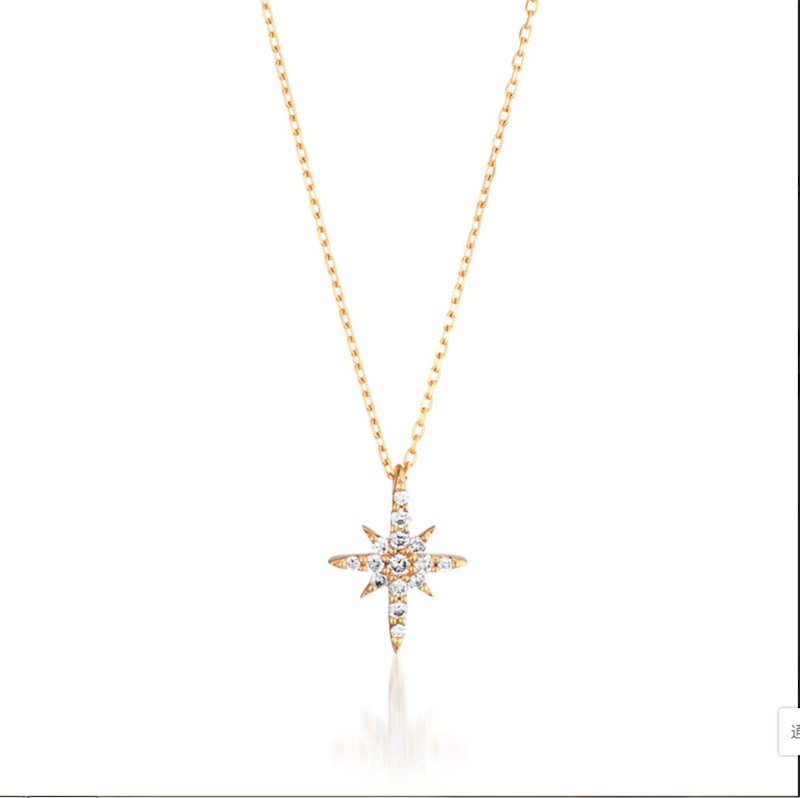Custom designs high-quality gold-plated sterling silver jewelry with your own logo
Custom designs high-quality gold-plated sterling silver jewelry with your own logo
LET’S GET STARTED : mo@kingjy.com
Custom Designs: Crafting High-Quality Gold-Plated Sterling Silver Jewelry with Your Logo at JINGYING
Introduction: The Alchemy of Brand Identity and Artisan Jewelry
In the contemporary marketplace, a brand is more than a logo; it is an experience, a promise, and an identity. For businesses ranging from avant-garde fashion houses and corporate giants to intimate non-profits and influencer-led startups, custom merchandise is a powerful tool to solidify this identity, foster loyalty, and generate revenue. Among the plethora of promotional products, few carry the weight, perceived value, and lasting appeal of high-quality jewelry. A piece of custom jewelry is not merely an item; it is a wearable emblem of affiliation, a token of appreciation, and a statement of style.
However, the journey from a digital logo to a tangible, exquisite piece of jewelry that does justice to a brand’s image is fraught with challenges. It requires a manufacturer that is not only a master of traditional craftsmanship but also a pioneer of advanced technology, rigorous quality control, and seamless client collaboration. This is the precise niche that JINGYING occupies and excels in. JINGYING is a premier manufacturer that specializes in transforming brand identities into luxurious, custom-designed, high-quality gold-plated sterling silver jewelry. This article provides an in-depth exploration of the end-to-end process at JINGYING, detailing how your logo is meticulously crafted into a piece of jewelry that embodies your brand’s essence, from the initial spark of an idea to the final, polished product ready for your customers.
Chapter 1: The JINGYING Philosophy – Beyond Manufacturing to Partnership
JINGYING’s approach is fundamentally different from that of a standard contract manufacturer. The company operates on a philosophy of integrated partnership, viewing each client’s project as a unique collaboration.
1.1 A Heritage of Excellence
With years of expertise in the fine jewelry sector, JINGYING has built a reputation on a foundation of quality, reliability, and innovation. Their deep understanding of metallurgy, design principles, and finishing techniques ensures that every piece, regardless of order size, meets the exacting standards typically reserved for luxury retail brands. This heritage is crucial when handling precious materials like sterling silver and gold, where precision is non-negotiable.
1.2 The Partnership Model
When you engage with JINGYING, you are assigned a dedicated project management team. This team, consisting of account managers, CAD designers, and production specialists, becomes an extension of your own branding department. They guide you through material selection, design feasibility, cost optimization, and production timelines. This white-glove service ensures that even clients with no prior jewelry experience can navigate the complex manufacturing process with confidence and clarity. The goal is not just to fulfill an order but to ensure the final product perfectly aligns with your vision and brand values.
Chapter 2: The Foundation – Uncompromising Material Quality
The longevity, appearance, and feel of custom jewelry are dictated by the quality of the materials used. JINGYING’s commitment begins with a stringent materials sourcing and verification protocol.
2.1 925 Sterling Silver: The Superior Base Metal
JINGYING uses only certified 925 sterling silver as the base for all its gold-plated jewelry. This alloy, consisting of 92.5% pure silver and 7.5% other metals (usually copper), is the international standard for quality. It offers the perfect balance:
- Lustrous Beauty: Pure silver is too soft for durable jewelry. Sterling silver retains the brilliant, white shine of pure silver while gaining the necessary structural integrity.
- Durability: The alloyed metal provides strength and resistance to deformation, ensuring that clasps, posts, and intricate design elements remain functional and intact.
- Hypoallergenic Properties: High-quality sterling silver is ideal for sensitive skin, a critical consideration for a wide customer base.
Every shipment of silver—whether in the form of casting grain, sheet, or wire—is verified upon arrival using X-Ray Fluorescence (XRF) analyzers. This advanced, non-destructive testing technology confirms the exact metal composition, ensuring it meets the 925 standard before it ever enters the production cycle.
2.2 Gold Plating: The Vermeil Standard
The term “gold plating” can encompass a wide range of quality. JINGYING advocates for and adheres to the vermeil (ver-may) standard, a legally defined classification that signifies superior quality:
- Base Metal: Must be sterling silver.
- Gold Thickness: Must be a minimum of 2.5 microns. JINGYING typically applies a layer of 3-5 microns, significantly exceeding the minimum requirement. This substantial thickness ensures the plating is robust, resistant to wear, and long-lasting.
- Gold Purity: The gold used must be at least 10 karats. JINGYING primarily offers plating in 14k, 18k, and 22k gold, allowing clients to choose the color and richness that best suits their brand aesthetic (e.g., the subtle hue of 14k yellow gold vs. the rich warmth of 22k).
The gold plating solutions are sourced from reputable suppliers, and their concentration is meticulously maintained to ensure a consistent, brilliant finish across all pieces in a production run.
Chapter 3: The Design Translation Process – From Logo to Wearable Art
This is the most critical phase of the custom journey: adapting a 2D logo into a 3D jewelry design. JINGYING’s expertise in this transformation is what sets it apart.
3.1 The Initial Consultation and Design Audit
The process begins when a client submits their logo, typically in a vector format (AI, EPS, SVG). JINGYING’s design team conducts a complimentary design audit. This involves analyzing the logo’s:
- Complexity: The level of detail, presence of fine lines, text, or gradients.
- Scalability: How the design will translate to the intended size (e.g., a small pendant vs. a statement cuff).
- Structural Integrity: Identifying potential weak points in the design that may need reinforcement for durability.
- Manufacturability: Determining the best production technique (casting, stamping, etching) for the specific design.
The team then provides expert recommendations, suggesting modifications if necessary to optimize the design for jewelry production without compromising the logo’s core identity.
3.2 Computer-Aided Design (CAD) and 3D Modeling
Using the client-approved logo and design direction, a CAD technician creates a precise three-dimensional model of the jewelry piece. This is where the magic happens. Using software like Rhino 3D or Matrix, the technician:
- Extrudes and Sculpts: Transforms the flat logo into a dimensional object, deciding on depth, curvature, and profile.
- Engineers Findings: Integrates functional components like jump rings, clutch backs for earrings, pendant bails, or cuff links seamlessly into the design.
- Simulates Wearability: Ensures the piece hangs correctly, feels balanced, and is comfortable to wear.
- Creates Realistic Renderings: Generates high-resolution, photorealistic images of the design in different gold colors. These renderings are sent to the client for final approval before any physical production begins, eliminating any surprises.
3.3 Rapid Prototyping: 3D Printing
Once the CAD model is approved, it is sent to a high-resolution 3D printer. The printer uses UV-sensitive resin to build the model layer by layer, creating a perfect physical prototype of the design. This prototype serves two key purposes:
- It is shipped to the client for a final, hands-on approval, ensuring the size, weight, and feel are perfect.
- It acts as the master model for creating the molds used in the casting process.
Chapter 4: Advanced Manufacturing Techniques for Custom Logos
Depending on the design’s complexity, volume, and client budget, JINGYING employs several state-of-the-art manufacturing techniques.
4.1 Investment Casting (The Lost-Wax Process)
This is the most common method for producing detailed, custom jewelry, especially for designs with texture, depth, or complex shapes.
- Process: The 3D-printed resin model is used to create a rubber mold. This mold is injected with wax to create multiple wax copies of the design. These wax models are attached to a central “wax tree,” which is then coated in a ceramic plaster investment. The investment is heated in a kiln, hardening the plaster and melting away the wax (hence “lost-wax”), leaving behind a hollow cavity. Molten sterling silver is then centrifugally cast into this cavity.
- Advantage for Logos: Captures incredible detail, perfect for intricate logos with text or fine lines. It is ideal for low to medium production volumes.
4.2 Die Striking and Stamping
For simpler, flatter logo designs and very high-volume orders, stamping is the most efficient and cost-effective method.
- Process: A master die—a hardened steel block engraved with the negative image of the logo—is created. A blank of sterling silver is placed between the die and a punch. immense hydraulic pressure forces the punch into the die, stamping the logo onto the silver with extreme precision.
- Advantage for Logos: Creates very sharp, crisp impressions. The process also work-hardens the metal, making the final piece exceptionally durable. Excellent for classic, bold logos.
4.3 Laser Engraving and Etching
For clients who wish to add their logo to a pre-existing jewelry form (e.g., a standard silver band or a plain pendant), laser technology offers a highly precise solution.
- Process: A high-powered laser beam is used to vaporize microscopic bits of the metal surface, etching the logo onto the jewelry with pinpoint accuracy.
- Advantage for Logos: Allows for extreme precision and can handle highly complex graphics. Ideal for adding serial numbers, dates, or small, intricate logos onto finished goods.
Chapter 5: The Artisan Finishing Touch
After the raw silver pieces are cast or stamped, they require significant hand-finishing to prepare them for plating.
5.1 Pre-Finishing: Devesting and Tumbling
The cast pieces (called “castings”) are cut from the silver tree. They are then loaded into a tumbling machine filled with steel shot and a burnishing compound. This process, known as tumbling, cleans off any investment residue and work-hardens the surface, creating a smooth foundation.
5.2 Handcrafted Detailing and Assembly
Skilled artisans meticulously file, sand, and polish each piece by hand using motorized wheels and progressively finer abrasives. This removes any imperfections and brings the sterling silver to a brilliant shine. If the design consists of multiple parts (e.g., a pendant attached to a chain, or earring drops), they are carefully soldered together by experts using micro-torches.
Chapter 6: The Electroplating Process – A Layer of Luxury
The plating process is a scientific and meticulously controlled operation that ensures a perfect, durable gold finish.
6.1 Ultrasonic and Electrochemical Cleaning
Any trace of oil, dust, or fingerprint on the silver will prevent the gold from adhering properly. Therefore, every piece undergoes a rigorous multi-stage cleaning process:
- Ultrasonic Cleaner: High-frequency sound waves agitate a cleaning solution, scrubbing contaminants from the surface at a microscopic level.
- Electro-Clean: The jewelry is submerged in an electrochemical bath where a current causes bubbles to form on its surface, literally blasting away any remaining impurities.
- Rinsing: Multiple rinses in distilled water ensure no cleaning chemicals are left behind.
6.2 The Gold Plating Bath
The impeccably clean jewelry is mounted onto a plating rack and immersed in an electrolyte solution containing ions of the chosen karat of gold. The rack is connected to the negative terminal (cathode) of a rectifier, while a solid gold anode is connected to the positive terminal. When current is applied, the gold ions are attracted to the negatively charged jewelry and bond to its surface in a uniform layer. The thickness of this layer is precisely controlled by the current density and the time the pieces spend in the bath.
6.3 Post-Plating Protection
After plating, the pieces are rinsed and dried. To further enhance durability, they are often treated with a clear, anti-tarnish coating. This protective layer acts as a barrier against oxygen, moisture, and chemicals, significantly slowing down the tarnishing process and ensuring the jewelry retains its brilliance for longer.
Chapter 7: Rigorous Quality Assurance – The JINGYING Standard
Every single piece of jewelry undergoes a multi-point inspection before it is approved for shipment.
- Dimensional Accuracy: Verifying the piece matches the approved CAD model.
- Surface Quality: Inspecting under magnification for any plating defects, scratches, or imperfections.
- Structural Integrity: Testing clasps, springs, and soldered joints for strength and function.
- Plating Thickness Verification: Using XRF analyzers to spot-check and ensure the gold layer meets the specified micron thickness.
- Final Polish and Assembly: A last gentle polish and assembly of any components before packaging.
Chapter 8: Branding, Packaging, and Logistics
JINGYING understands that the unboxing experience is part of your brand story.
- Custom Packaging: Options include branded ring boxes, velvet pouches with logo printing, custom insert cards, and branded shipping boxes.
- Barcoding and Inventory Management: For large orders, JINGYING can organize pieces with SKU-specific barcoding for easy inventory management upon arrival.
- Global Logistics: JINGYING manages reliable shipping worldwide, ensuring your custom jewelry arrives safely and on time.
Conclusion: JINGYING – Your Partner in Crafting a Legacy
Creating custom, high-quality gold-plated sterling silver jewelry with your logo is a significant investment in your brand’s tangible identity. It is a process that demands technical expertise, artistic sensibility, and an unwavering commitment to quality. JINGYING provides all this and more, acting not as a distant factory but as a dedicated partner invested in your success. By leveraging advanced technology, time-honored craftsmanship, and a client-centric philosophy, JINGYING transforms your two-dimensional logo into a three-dimensional emblem of quality and value that your customers will be proud to wear and cherish for years to come. In a world of disposable products, a JINGYING piece is designed to endure, making it not just a promotional item, but a lasting symbol of your brand’s legacy.
